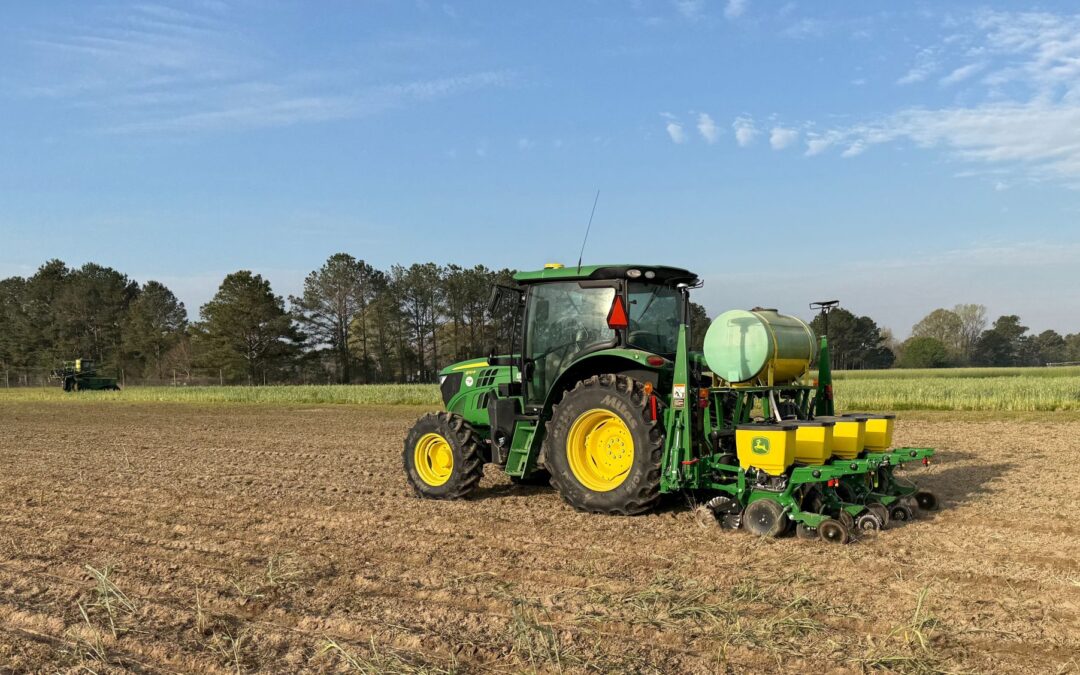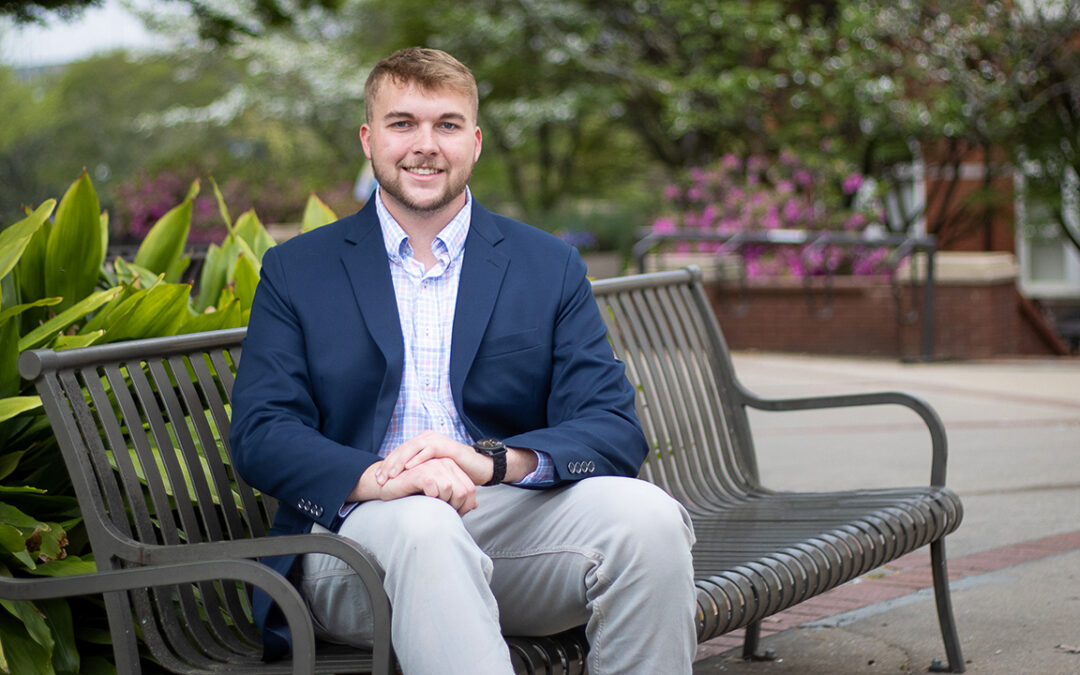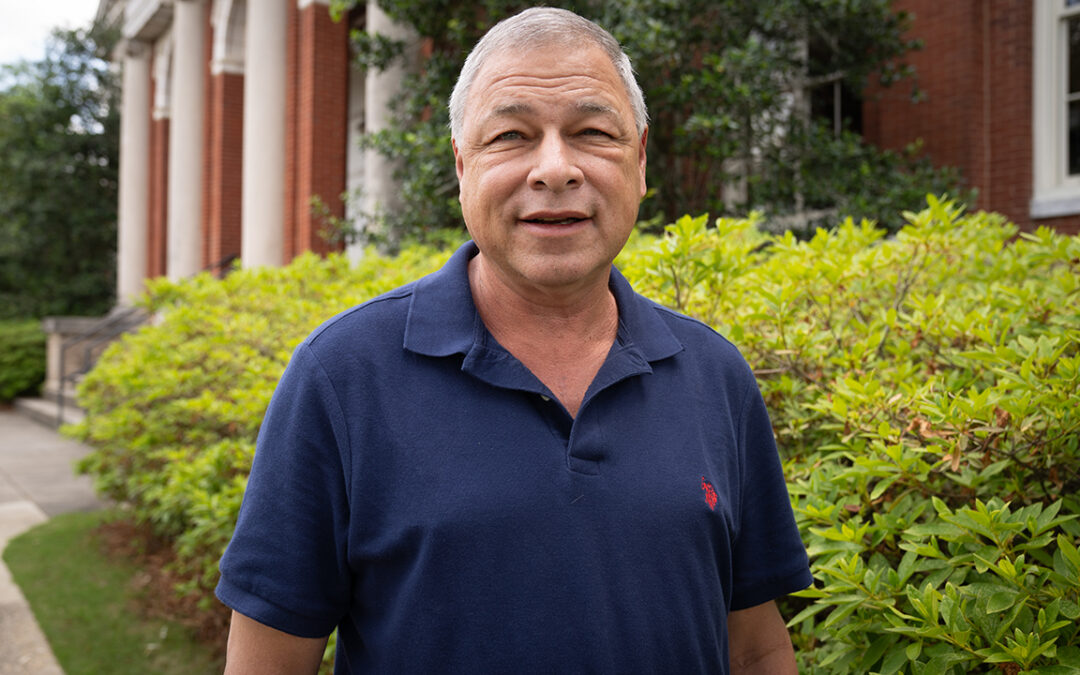
Auburn students from the colleges of Agriculture and Human Sciences visit an urban organic farm in Havana, Cuba, during their May study abroad tour of the island nation.
AUBURN, Ala.— Six research projects that aim to encourage and advance academic collaborations between Alabama Agricultural Experiment Station researchers at Auburn University and scientists at Cuban agricultural universities and research centers are underway, funded by the first-ever grants awarded through the Auburn University/AAES–Cuba Grants Program.
The competitive program, supported by the university and the colleges of Agriculture and Human Sciences at Auburn, was established last year to stimulate research partnerships with the Agrarian University of Havana, the Cuban National Center for Animal and Plant Health and other agricultural research institutes in Cuba. The program is administered through the Auburn College of Agriculture’s Office of Global Programs.
The six collaborative projects receiving 2016 grants and the College of Agriculture faculty members serving as principle investigators include:
- “Turfgrass management in Cuba: A whole-systems approach as significant golf course construction looms,” led by Beth Guertal, professor of turfgrass and nutrient management at Auburn;
- “Capacity building among Cuban scientists in the application of crop simulation models and decision support systems,” led by crop, soil and environmental sciences associate professor and extension specialist Brenda Ortiz;
- “Development of strategies to evaluate land-use management for sustainable food production and environmental protection,” also led by Ortiz;
- “Capacity building for detection of avian influenza virus and safe disposal of organic materials in case of an outbreak,” led by poultry science professor Joseph Giambrone;
- “Identification of novel botanical pesticides for sustainable urban pest management,” led by Arthur Appel, professor of entomology;
- “Compatibility studies of product to control plant-parasitic nematodes and disease in crops of economic importance to Cuba and the U.S.,” led by Rodrigo Rodriguez-Kabana, Distinguished University Professor Emeritus of entomology.
Henry Fadamiro, Auburn Alumni Professor and director of global programs for the college, described the one-year awards as small start-up grants to fund cooperative projects that have the potential to attract more substantial future funding from extramural agencies.
“These seed grants will be used to leverage major grants from outside sources, such as USDA’s National Institute of Food and Agriculture, the U.S. Agency for International Development and the U.S. Department of State,” Fadamiro said.
In addition to the internal grants, AAES faculty in the colleges of Agriculture and Human Sciences have jointly developed two larger-scale Auburn-Cuba research grant proposals and submitted those to the U.S. Embassy in Cuba for funding consideration, Fadamiro said.
The next call for Auburn/AAES–Cuba grant proposals will be issued in spring 2017 and will be open to any tenured or tenure-track faculty member at Auburn who has an AAES or Alabama Cooperative Extension System appointment. Fadamiro said principal investigators on this year’s projects also will be allowed to apply for a second year of funding, if they can demonstrate significant first-year progress.
The 2016 Auburn/AAES–Cuba grants were awarded in May, the same month in 2015 that the College of Agriculture signed a five-year international academic interchange agreement with the Havana university and the Cuban animal and plant health research center. That agreement, one of the first such treaties between Cuba and a U.S. university since the Cuban trade embargo was imposed in 1962, followed years of College of Agriculture faculty members’ engagement with Cuba in the areas of agriculture and crop protection, Fadamiro said.
When the AAES grants program was established, a portion of its budget was earmarked to support Auburn students interested in study abroad opportunities in Cuba. Shortly after Auburn’s spring semester 2016 ended, nine Auburn agriculture majors and seven human sciences students arrived in Havana as participants in the inaugural Cuban study tour and spent 10 days learning about the agricultural system and experiencing the culture.
For more information on the internal grants program, visit the College of Agriculture’s Office of Global Programs website or contact Fadamiro at fadamhy@auburn.edu or 334-844-3212.




